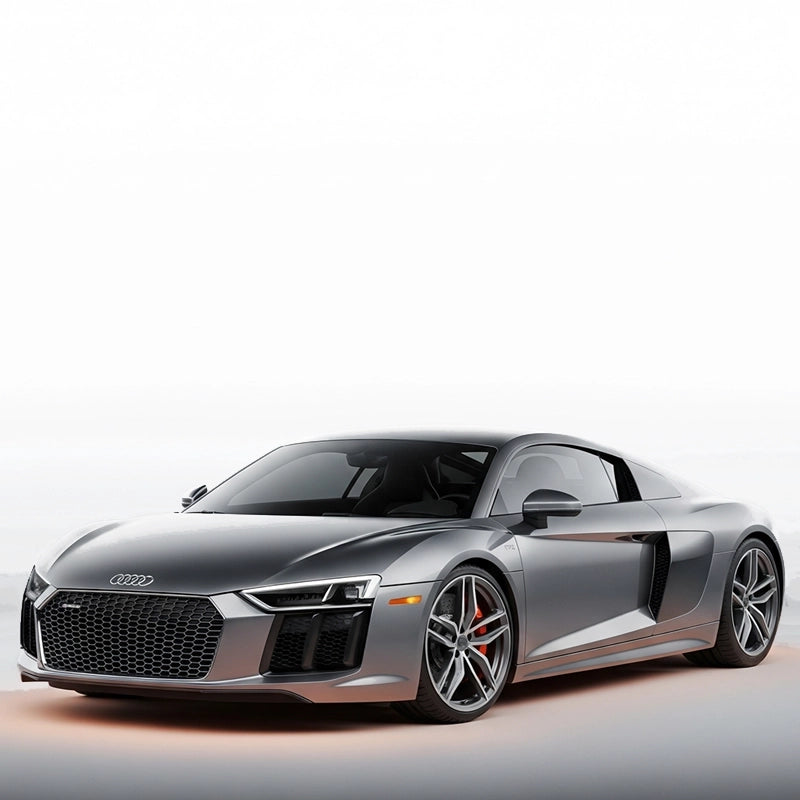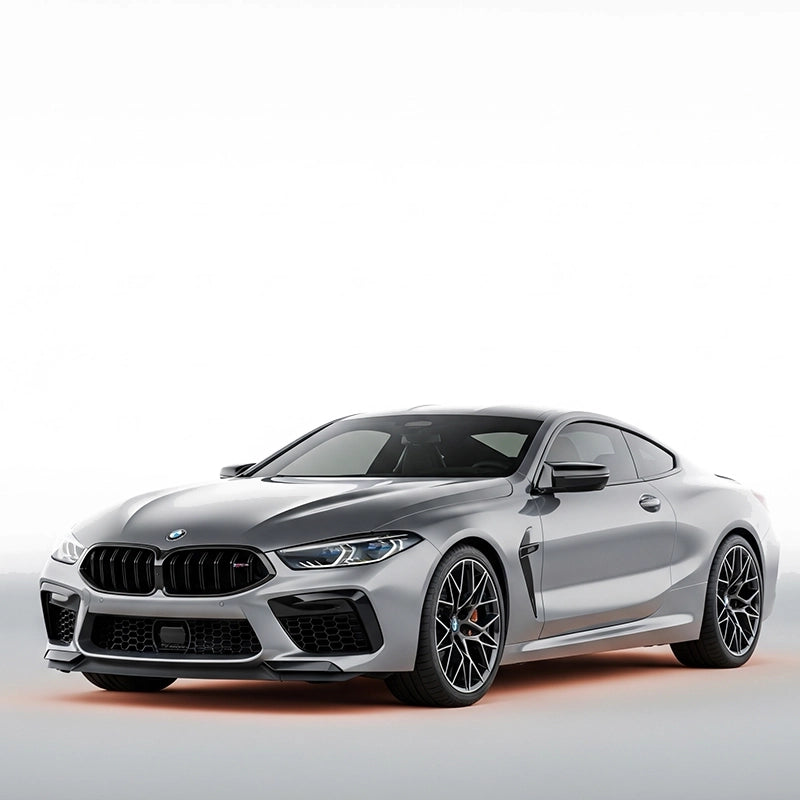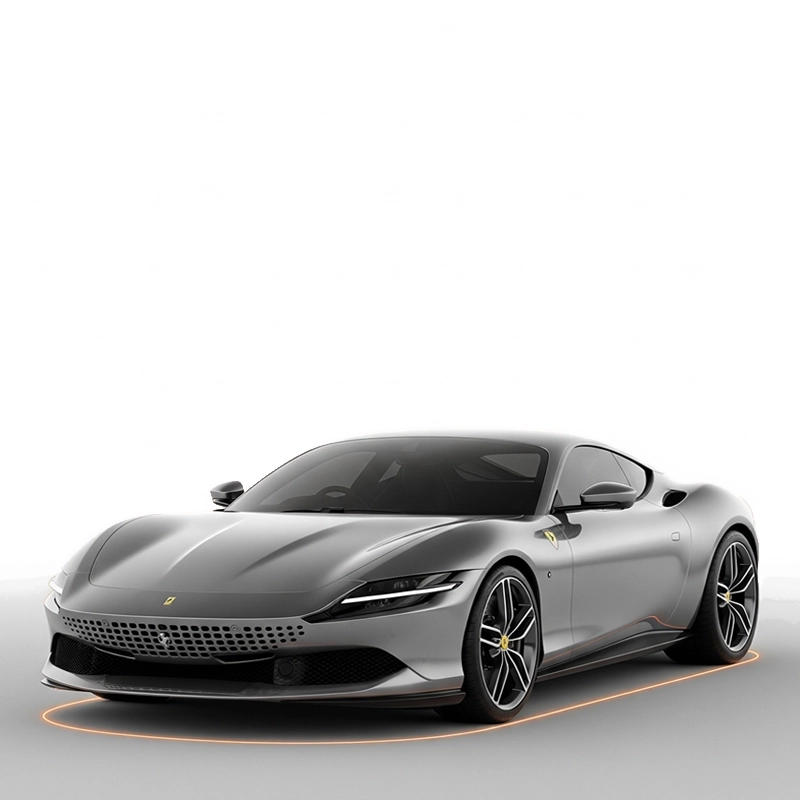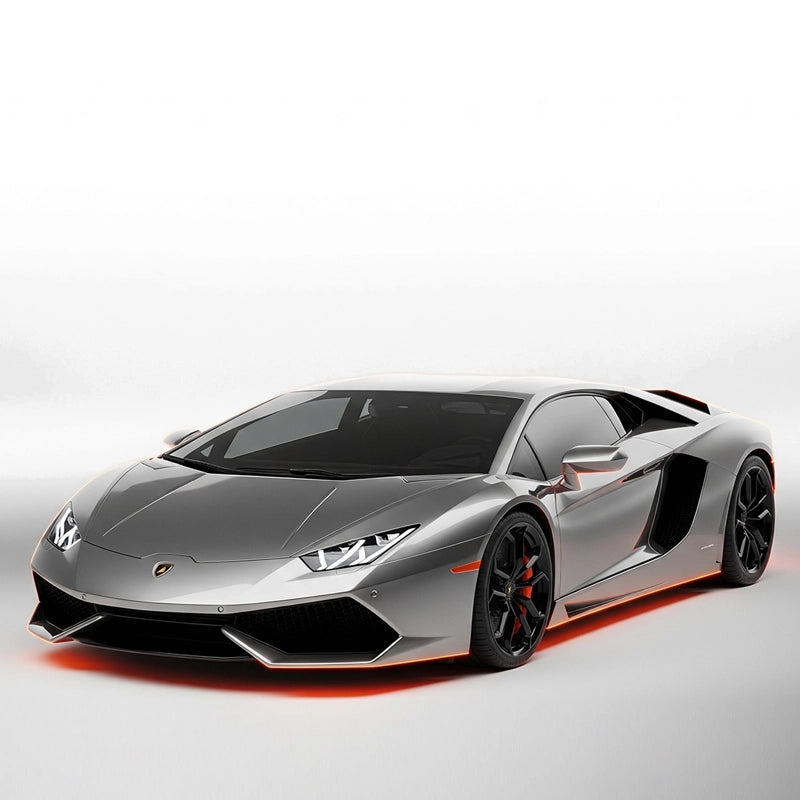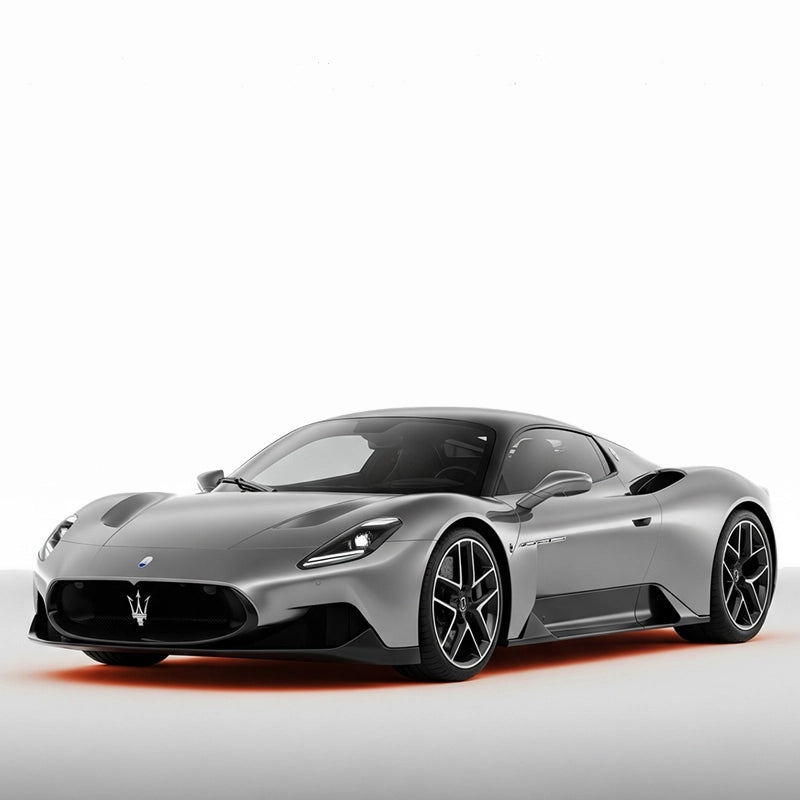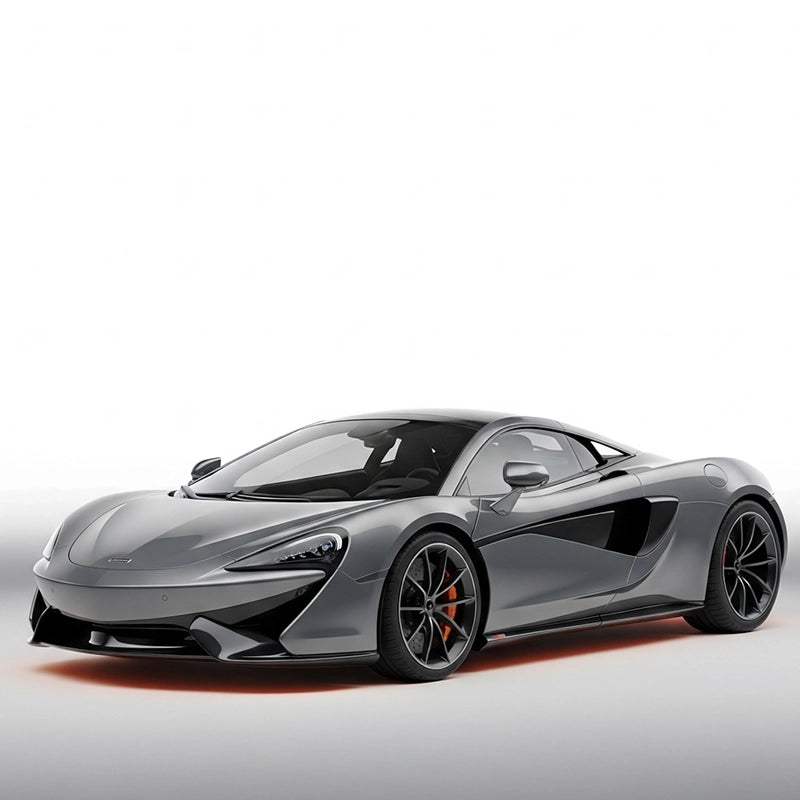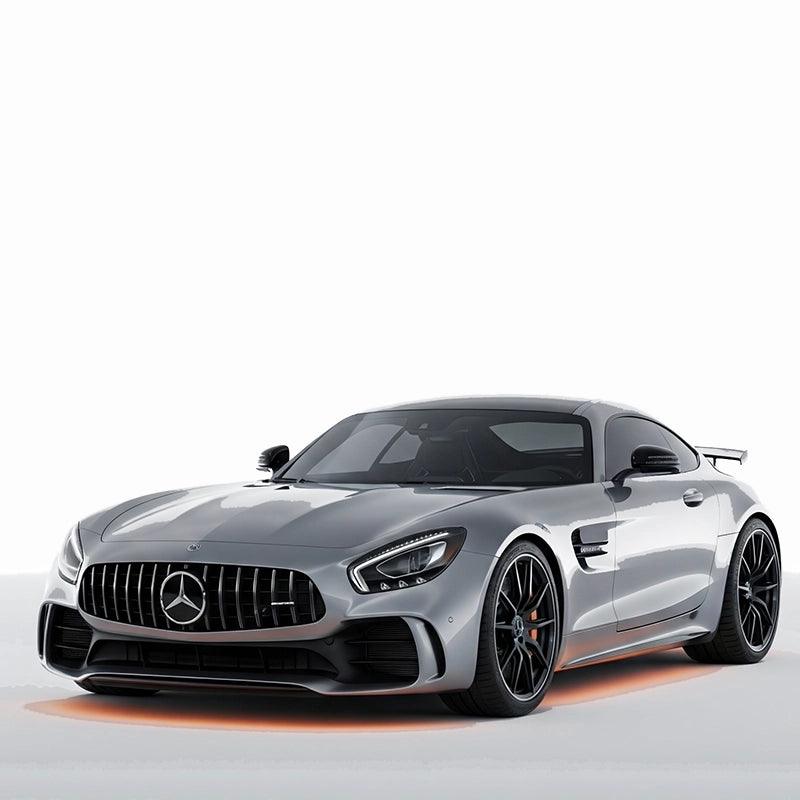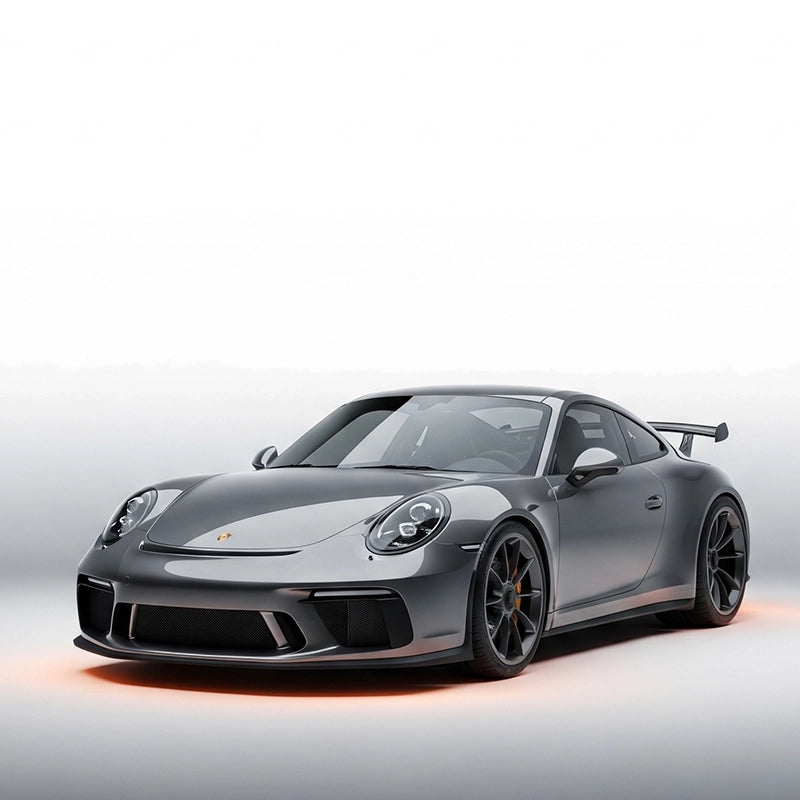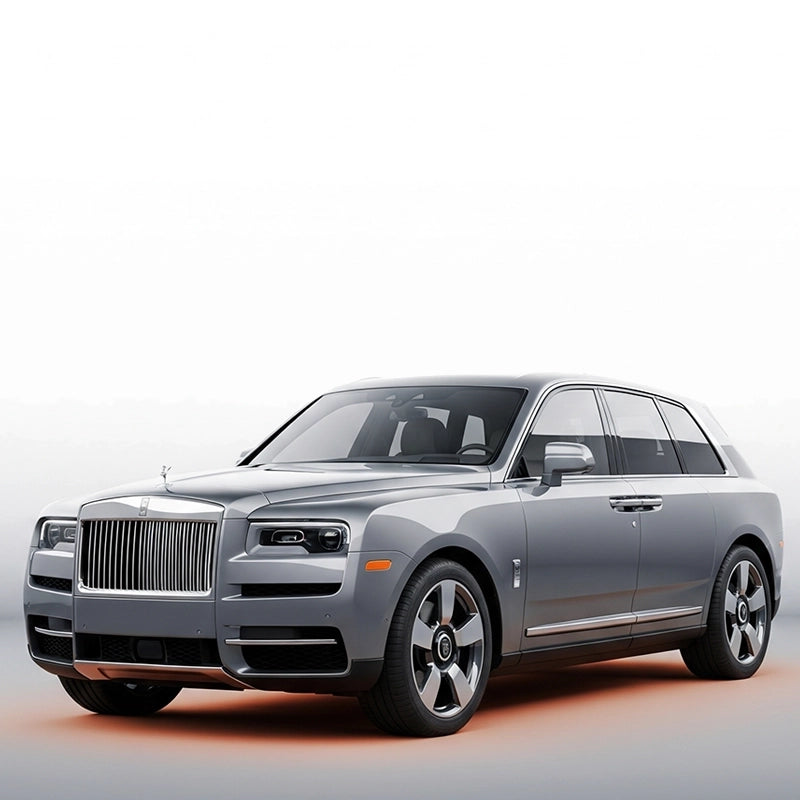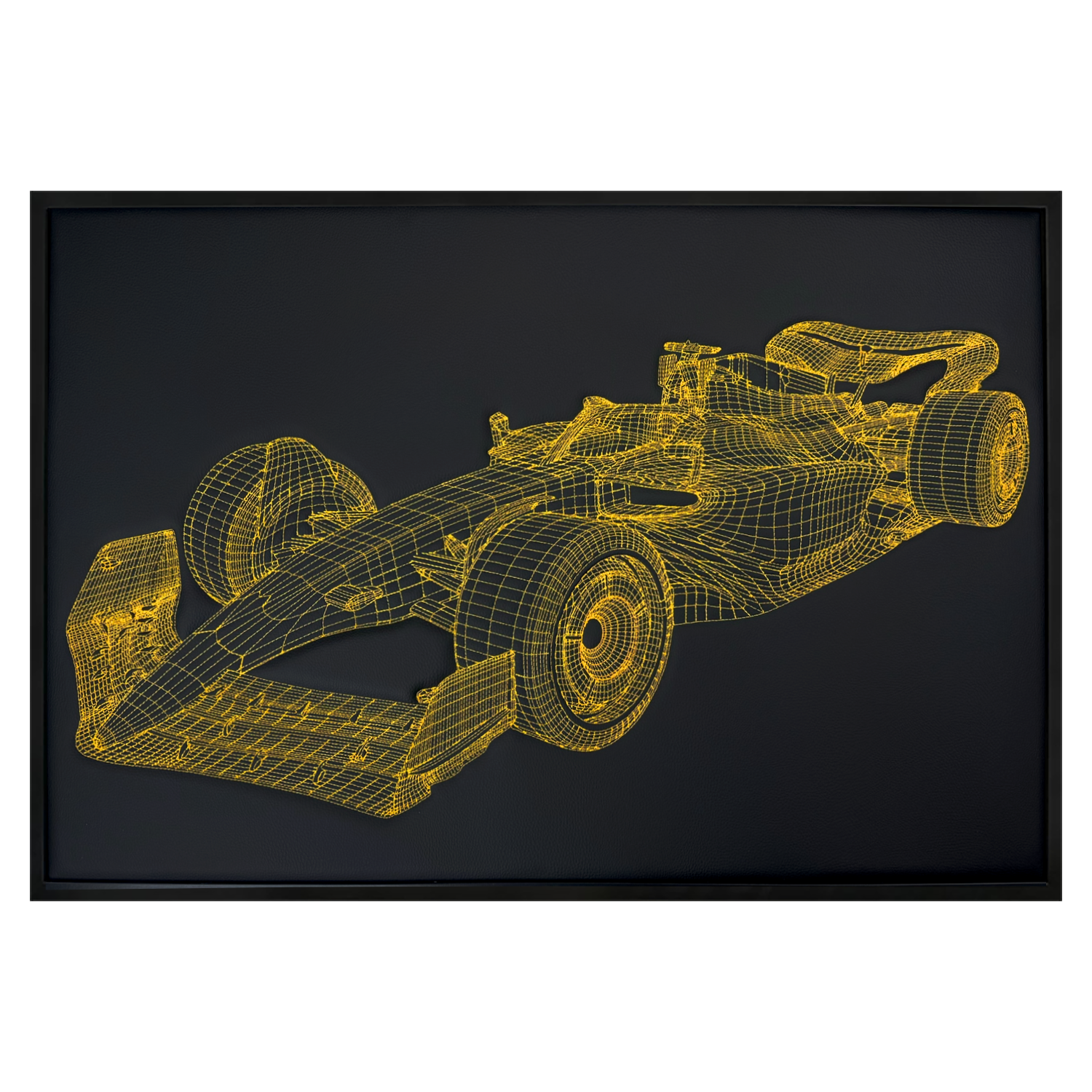BMW 3 Series E46 4-door Sedan (1998–2005): the one that still gets under your skin
I still remember the first time I slid into a well-kept 330i, flicked the stubby shifter into first, and let the straight-six wake up. The steering was light but talkative, the chassis felt like it had its own set of inner ears, and the whole car moved with an honesty you don’t get much anymore. The BMW 3 Series E46 4-door Sedan (1998–2005) doesn’t just carry its “icon” badge for nostalgia’s sake—it earns it every time you find a winding road or crawl home through traffic and realize it’s good at both.

Why the BMW 3 Series E46 4-door Sedan (1998–2005) still hooks drivers
BMW’s engineers hit that sweet spot between comfort and control here. The E46 sedan’s proportions are just right—short overhangs, long-ish hood, and that unmistakable kidney grille. Inside, the driving position is spot-on, the dials are clear, and the materials have aged with dignity. When I tried it on rough roads, the suspension had this mature, well-damped calm, yet the car could still tighten its belt and dance when you hustled it. That’s rare.
Engines that make you want the long way home
There’s variety: four-cylinders in some markets, but the sweet stuff is the inline-six lineup. Highlights include:
- 325i: 2.5-liter M54 inline-six, around 184 hp and 175 lb-ft; 0–60 mph in roughly 7.0 seconds with a manual.
- 330i: 3.0-liter M54 inline-six, 225 hp and 214 lb-ft; manual cars dip into the high-5s/low-6s 0–60. The US-market ZHP Performance Package bumps output to about 235 hp and sharpens everything.
- M3 (different animal, but same generation): 3.2-liter S54 inline-six, 333 hp (US) and 262 lb-ft; 0–60 in the low-5s. Worth a mention because it set the tone for the whole range.
Real-world economy? Expect low-20s mpg combined in a 330i, slightly better in a 325i. Not hybrid numbers, but you won’t care when that silky six clears its throat at 5,000 rpm.
Chassis feel: hydraulic steering, human connection
Hydraulic assist steering—the kind you can tune your fingertips to—lives here. The E46 sedan communicates without shouting. Body control is confident, even on base suspension. Sport package cars add a dash of firmness without ruining the ride. I noticed right away how you can place the car within inches on a narrow lane; it never goes vague or nervous. Like driving in slippers—expensive, wonderfully supportive slippers.
Owning a BMW 3 Series E46 4-door Sedan (1998–2005): reliability and reality
I’ve run and helped run more than a few of these past 150,000 miles. They’re dependable if—and this matters—you’re proactive. The common to-do list:
- Cooling system refresh around 80–100k miles: expansion tank, water pump, thermostat, and radiator. Cheap insurance.
- Rear subframe mounting points: inspect for cracks, especially on spirited or high-mileage cars. Reinforcement kits exist.
- CCV (crankcase vent) and DISA valve on M54: replace when symptoms show (rough idle, whistle, or lack of midrange).
- Window regulators and sunroof shades: they’re known to throw the occasional tantrum.
- Oil leaks (valve cover, oil filter housing gasket): not dramatic, but fix promptly.
Follow BMW’s maintenance guidelines, shorten oil change intervals a touch if you’re picky, and the car will return the favor. Ask any longtime 3 Series person and they’ll nod knowingly.
Best year for the BMW 3 Series E46 4-door Sedan (1998–2005)
Purists argue, but 2003–2004 gets my vote for the sweet spot. By then the lineup had the facelift (cleaner lights, subtle trim tweaks) and many running improvements. Early cars have their charm (and the 328i’s robust feel), while late cars (2005) can be the freshest you’ll find. Your choice might hinge on options—sport seats and a manual gearbox transform the car.
Interior and tech: timeless usability beats flashy screens
The E46 didn’t run full iDrive like later BMWs. Instead, you get well-placed controls, simple menus if the car has navigation, and a cabin that’s quiet enough to hear your kids arguing in the back. Seats are supportive on long trips—think Alpine ski weekends or a Boston–Montreal dash without the chiropractor on speed dial.

Keep it fresh: the best interior add-on is simple
Confession time: I’m picky about cabins. A tidy E46 feels special, and quality mats keep it that way. AutoWin makes tailored, durable sets for the E46 that fit properly and don’t bunch under your heel. If you’ve ever driven in salt and slush, you know why this matters. Browse the BMW floor mats range or head straight to the E46 4-door sedan collection to find a set that suits your car’s color and vibe.

BMW 3 Series E46 4-door Sedan (1998–2005) vs the rivals (then and now)
Even years later, the E46 holds its own against period competitors. Here’s the quick take I give friends who are shopping:
| Car | Engines (approx power) | 0–60 mph (approx) | What it feels like |
|---|---|---|---|
| BMW 3 Series E46 (325i/330i) | 2.5L I6 184 hp; 3.0L I6 225–235 hp | 7.0 s (325i); 5.9–6.1 s (330i) | Most communicative steering; balanced, eager chassis |
| Mercedes-Benz C-Class W203 (C320) | 3.2L V6 ~215 hp | ~7.0 s | Comfort-first, refined, less talkative steering |
| Audi A4 B6 (1.8T/3.0) | 1.8T 170 hp; 3.0 V6 ~220 hp | ~7.9 s (1.8T); ~6.9 s (3.0) | Quattro security, tidy cabin, more understeer when pushed |
Interesting facts about the E46 sedan
- The US-market Performance Package (ZHP) 330i (2003–2005) added hotter cams, revised tuning, shorter final drive, and chassis tweaks—think of it as the enthusiast’s commuter.
- All-wheel drive “xi” versions existed in many markets, making it a four-season premium sedan without killing the handling vibe.
- Manual transmissions were plentiful—5-speed (most models) and a 6-speed in later/330i variants—while automatics were typically 5-speed units.
- The E46’s cabin focused on ergonomics over flash; navigation was available, but this generation predated full-blown iDrive.
- It collected awards worldwide for design, handling, and quality, cementing BMW’s rep in the luxury sports sedan segment.

Feature highlights at a glance
- Silky inline-six engines with real character
- Hydraulic steering with genuine road feel
- Comfortable, supportive seating for long trips
- Classic BMW design that ages gracefully
- Strong aftermarket and OEM support, from performance bits to premium floor mats
Final thoughts: why the BMW 3 Series E46 4-door Sedan (1998–2005) still matters
It’s the balance. This luxury sport sedan slips into daily life without fuss, then reminds you on a favorite back road why BMW became BMW. If you find a well-serviced example—ideally a later 325i or 330i with a manual—grab it, keep up with preventative maintenance, and enjoy the kind of mechanical connection modern premium cars often bury under silence and screens. Dress it properly with a tailored set from the E46 floor mat collection at AutoWin, and you’ve got a time capsule you’ll look forward to driving every single day.
FAQ: BMW 3 Series E46 4-door Sedan
Is the E46 3 Series reliable?
Yes—if you’re proactive. Do the cooling system refresh, inspect the rear subframe, and keep up with seals and gaskets. A well-maintained E46 easily clears 150k–200k miles.
Which engine should I look for?
The 330i has the strongest punch and lovely midrange; the 325i is a sweet spot for balance and running costs. In the US, the ZHP 330i (2003–2005) is the enthusiast favorite.
Manual or automatic?
Manual for engagement and longevity, if you can find a good one. The 5-speed automatic is fine for commuting but less involving. Test both; your commute and traffic will decide.
What are typical running costs?
Parts are widely available and not outrageous for a premium car of this era. Budget for preventative work—cooling system, suspension bushings—and you’ll stay ahead of headaches.
How does it compare to a same-era Audi A4 or Mercedes C-Class?
The E46 is the driver’s choice: best steering and chassis communication. The Mercedes rides softer; the Audi offers quattro confidence. Pick your priorities.

